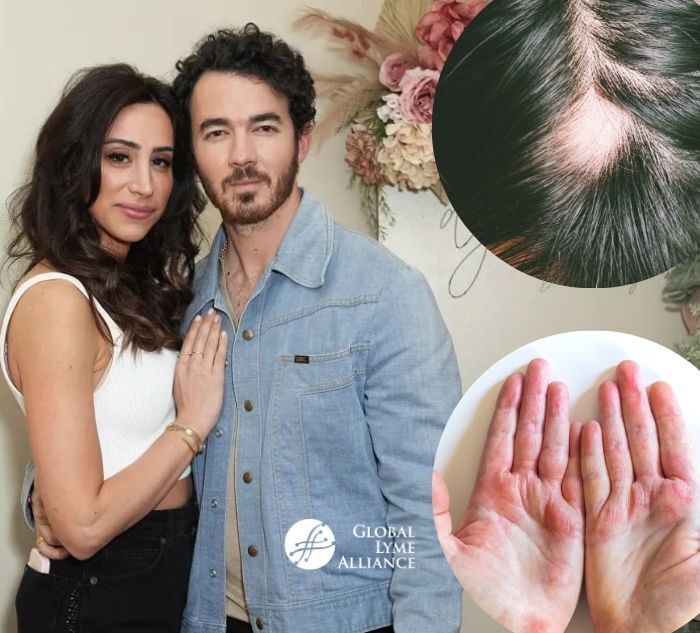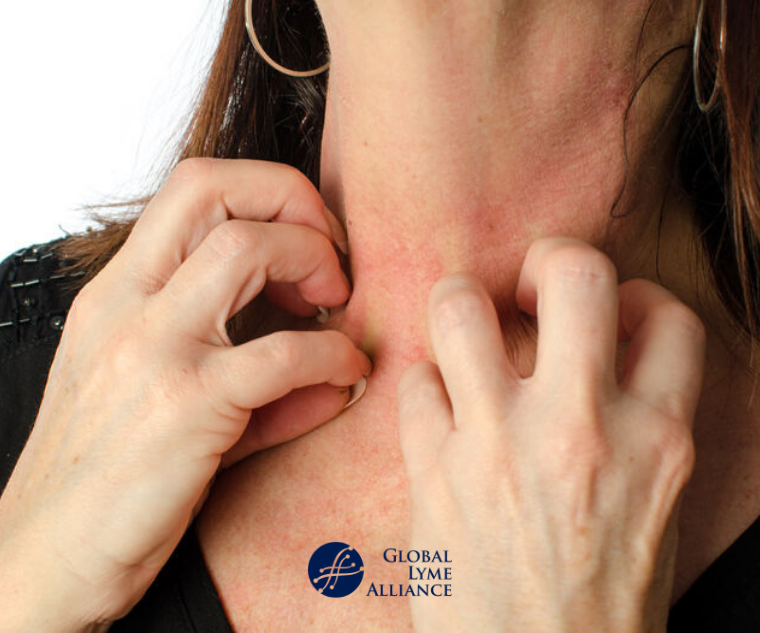
Do you get unexplained hives? Could it be Lyme disease?
Four years after I was bitten by a tick—and four years before I would be diagnosed with three tick-borne illnesses: Lyme, babesia, and ehrlichia—I started getting hives. They presented at random times and didn’t seem to be associated with anything I ate. They sometimes came on mid morning while I was teaching a class, or in the middle of the night while I was sleeping. Suddenly my body would feel aflame with itchiness, and big red welts would form all over my torso, back, and limbs. Often my face or hands turned bright red too.
I wasn’t using any new soaps or detergents. I hadn’t tried any new foods. Allergy tests showed I hadn’t developed any new allergies either, besides those I’d had since childhood— dust, mold, hay fever and animal dander. But none of those allergens had ever given me hives. “Lots of people have unknown allergies,” the allergist shrugged, not concerned with digging deeper into the derivation of my itchiness. “Just take an over-the-counter antihistamine,” he said.
The medicine helped, but the hives persisted, presenting more frequently than before. Eventually I was getting them just about every day. “Maybe it’s stress,” a colleague suggested. I shook my head. I was enjoying my teaching job and was giving ski lessons on the weekends. I was living the life I’d always dreamed of. “It must be something you’re wearing,” another friend proposed. Again I shook my head.
The itchiness, I realized, didn’t feel topical, like a reaction to a material. It felt internal, as if my body were allergic to itself. Well, the reaction was in fact internal: I was having a systemic inflammatory reaction to Lyme disease, which unbeknownst to me had been quietly spreading through my body for years. “Lyme is an inflammatory disease,” my Lyme Literate Medical Doctor (LLMD) told me when I was finally diagnosed. Every system of my body was inflamed because of the disease, including my brain. The inflammation was also causing sinus pain and crushing migraines, and later would manifest as joint swelling and brain fog. The hives were an early way of my body trying to tell me something was wrong. It needed more than an antihistamine “Band-Aid.”
As Dr. Richard Horowitz explains in his book Why Can’t I Get Better? Solving the Mystery of Lyme & Chronic Disease, “Inflammation is a type of ‘fire’ in the body, and it is defined by five cardinal signs: heat, redness, pain, swelling, and loss of function.” Dr. Horowitz goes on to explain that with chronic inflammation, common in many Lyme patients, immune cells produce inflammatory chemicals called cytokines. “Without the proper treatment these cells and their inflammatory products can cause inflammation that lasts for months or years.”i
This auto-immune kind of response can be quieted by remedies like antihistamines, but it won’t go away fully until the actual tick-borne diseases precipitating it are treated. Once I started antibiotics, I got hives far less frequently. Over time, as more spirochetes (Lyme bacteria) in my body died off, the hives stopped entirely. My sinus pressure, migraine headaches, and joint pain also dissipated, because my body’s inflammatory response was much lower.
The itchiness would not have gone away without medical treatment, which for me included intravenous and oral antibiotic therapy, anti-inflammatory medication that worked in conjunction with the antibiotics, and anti-malarial medication for the babesia infection. However, there were other steps I took that helped reduce inflammation in my body. I stuck to an anti-inflammatory diet, which for me meant no sugar or gluten, and for some people also means no dairy or nightshade vegetables like tomatoes. I avoided rigorous exercise until I really felt ready to fully take it on. Trying to exercise when I was otherwise bedridden—even just a simple walk to the mailbox—riled up inflammation and made my legs itchy and red. I drank lots of water to help flush my system.
I never get hives anymore, but sometimes I still get burning extremities. This usually happens when I’ve consumed too much sugar or have over stimulated my central nervous system. My legs will get red and hot—again an internal inflammation not brought on by wearing too many layers. When this happens, it helps to put extra lotion on my legs, and also to place cold, wet towels around them to cool the inflammation.
If you’re struggling with idiopathic hives and haven’t been diagnosed with tick-borne disease, consider seeing an LLMD to find out if Lyme or one of its co-infections might be causing your inflammation. If you have already been diagnosed with a tick-borne infection and are experiencing hives, hopefully some of my techniques, coupled with medication, will help alleviate your suffering.
Eventually there is relief.

Jennifer Crystal
Writer
Opinions expressed by contributors are their own. Jennifer Crystal is a writer and educator in Boston. Her work has appeared in local and national publications including Harvard Health Publishing and The Boston Globe. As a GLA columnist for over six years, her work on GLA.org has received mention in publications such as The New Yorker, weatherchannel.com, CQ Researcher, and ProHealth.com. Jennifer is a patient advocate who has dealt with chronic illness, including Lyme and other tick-borne infections. Her memoir, One Tick Stopped the Clock, was published by Legacy Book Press in 2024. Ten percent of proceeds from the book will go to Global Lyme Alliance. Contact her via email below.

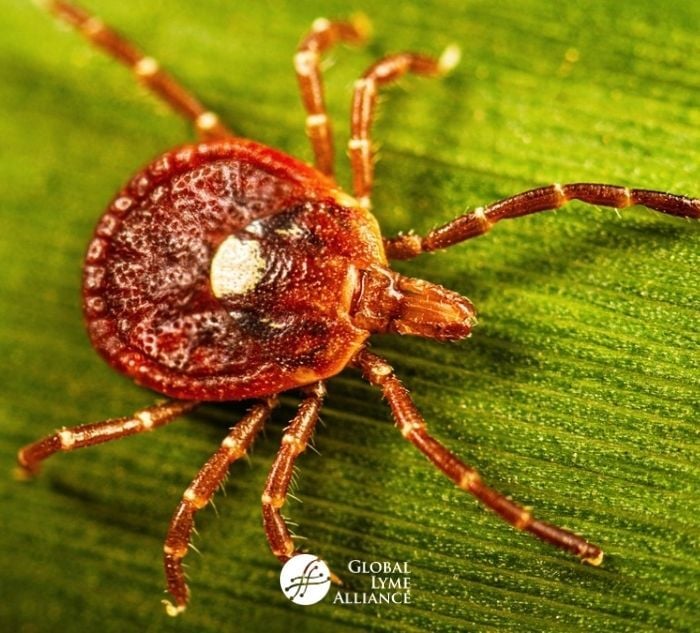
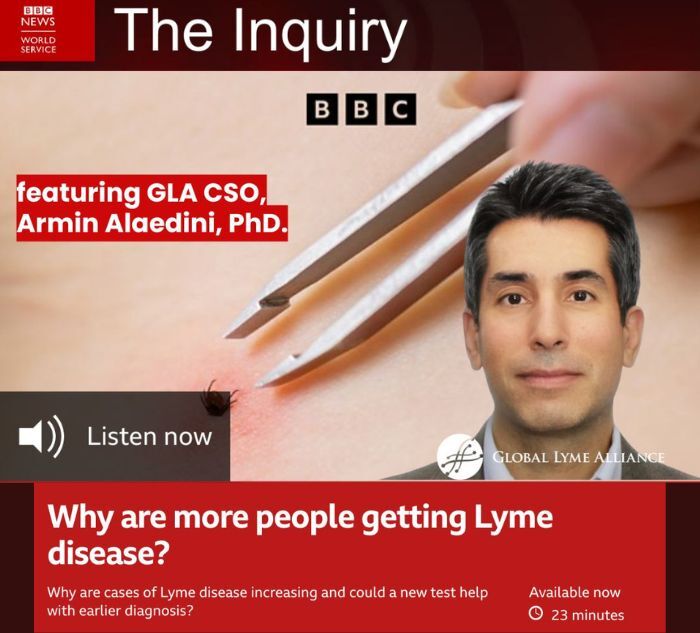
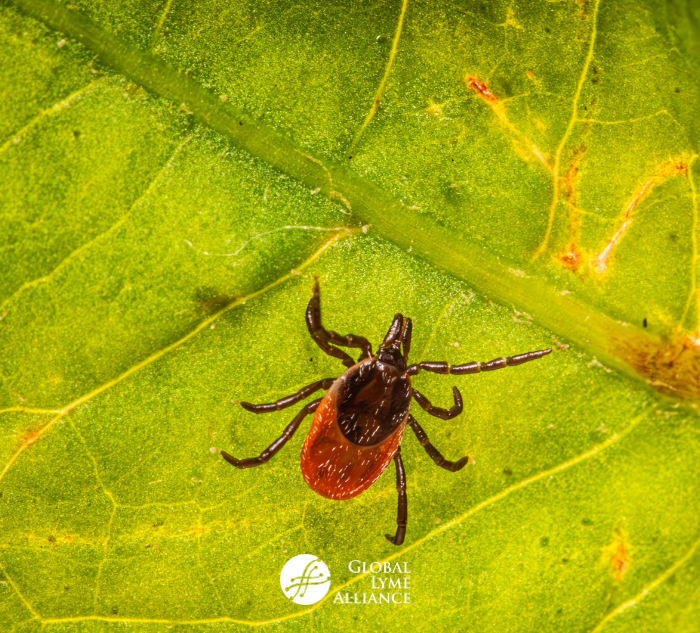

-2.jpg)
